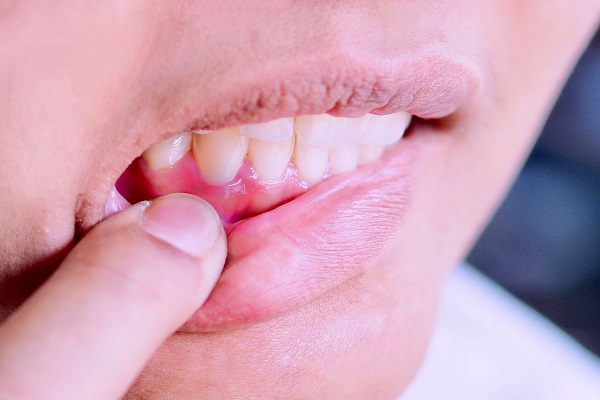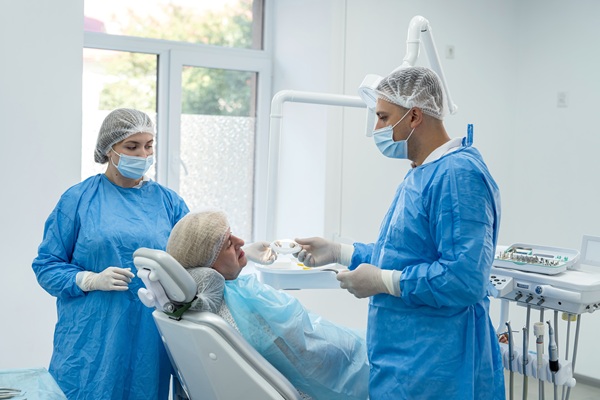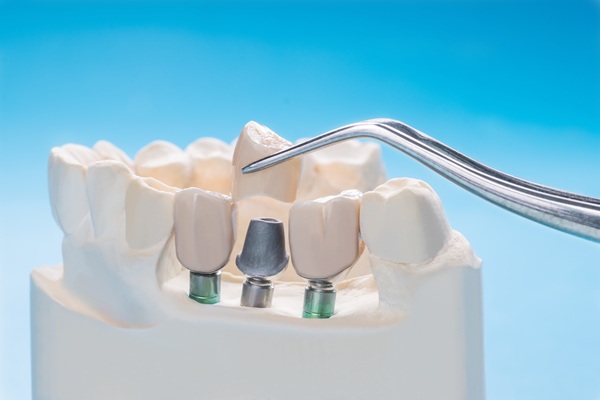Gum Recession Treatment From a Periodontist

When we go to the dentist or periodontist, one of the last things that we expect to hear is that we need gum recession treatment. However, gum recession happens to many people for many reasons. When it does happen, it is important to get it treated properly as soon as possible to avoid further damage. Thankfully, even if you are told that you need gum recession treatment, there are a few things your dentist can do to fix the damage. The best thing to do is listen to your dentist and get treated as quickly as possible.
Causes of gum recession
Here are some common causes of gum recession so you know when it is a good idea to see your dentist about treatment.
Injury to the mouth
One of the most common ways that gums can recede is when an injury to the gums occurs. This can be caused by accidents, such as hitting your face on a hard surface, sharp objects, or other trauma. You may need other treatments if an injury causes gum recession, so you may want to head to an emergency dentist to get treated.
Tooth eruption
Though less common, it is possible to experience gum recession if a tooth erupts through the gum improperly. Teeth can sometimes erupt only partially through the gum line. Other times they may erupt awkwardly, such as at an angle or sideways. When this happens, it can not only damage the gums, but they may start to recede at the eruption spot.
Gum disease
Perhaps the most common of all reasons for gum recession is advanced gum disease. Gum disease in its early stages is relatively easy to treat and keep managed, but once it has advanced to a more serious stage, not only is it more difficult to treat, it can cause many more problems, one of which being gum recession.
How will they treat the gum recession?
If your gums are receding due to gum damage from an injury, they may need surgery to repair that area of the gumline. If it is due to a tooth being out of place, it will need to be removed before the gum is repaired. If it is caused by advanced gum disease, the dentist will first treat the gum disease and survey the extent of the damage. From there, they will perform what is known as a gum graft, taking skin tissue from elsewhere in the mouth and placing it into the gums to force the body to regrow new gum tissue.
Your dentist will explain the procedure needed to fix your gums before they perform it, so there is no need to worry about being unable to fix your smile.
Understanding gum recession
As you may have realized, gum recession can be caused by many problems. When your gums recede, they can cause you to lose teeth, get an infection, or have other dental health problems. Gum recession treatment may involve surgery, correcting the issue that caused the gum recession, or even a gum graft to replace missing tissue, but it is always a good idea to listen to your dentist and get the treatment they suggest.
Request an appointment here: https://www.periocafe.com or call Brighton Periodontal & Implant Dental Group at (818) 703-7733 for an appointment in our Woodland Hills office.
Check out what others are saying about our services on Yelp: Read our Yelp reviews.
Recent Posts
All-on-4 dental implants provide a stable, long-lasting solution for individuals who have lost most or all of their teeth. This advanced treatment approach allows patients to regain both the function and appearance of a natural smile. By strategically placing four dental implants in the jaw, a full arch of prosthetic teeth can be securely supported…
Dental implants are the gold standard of dental replacements. Titanium rods and porcelain crowns are the most stable dental replacements you can get. Once osseointegration ends, you will have a strong, stunning smile again. Knowing the advantages of dental implants can motivate you to see your dentist about getting these restorations. Here are the three…
Implant supported dentures are a reliable and long-lasting solution for individuals who need to replace most or all of their teeth. Unlike traditional dentures that rest on top of the gums, implant supported dentures are anchored by dental implants that are surgically placed into the jawbone. This method offers increased stability, improved function, and a…
A prosthodontist is a type of dental specialist who can provide a range of treatments within a single smile makeover plan. Due to their advanced education and training, they are an ideal solution if you are looking for a professional who can reliably help you reach your cosmetic and oral health goals.A smile makeover involves…


